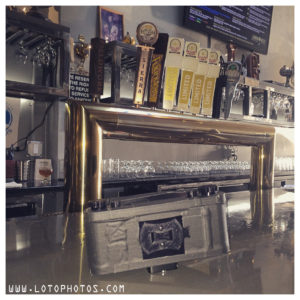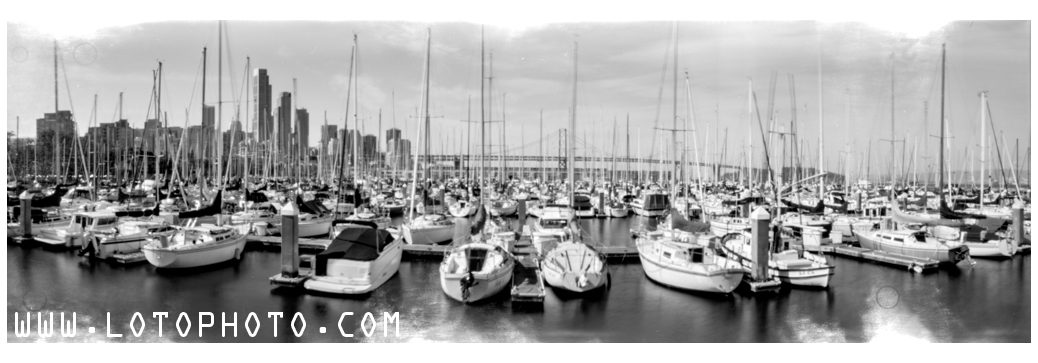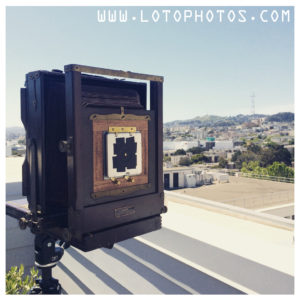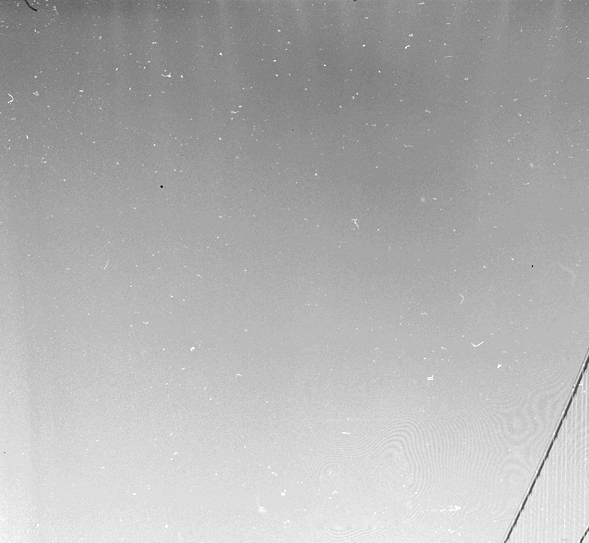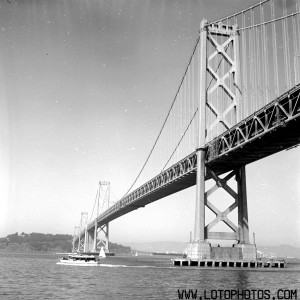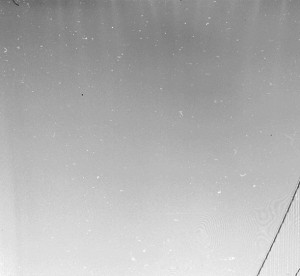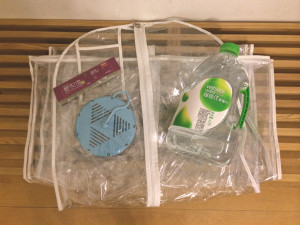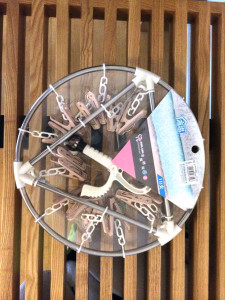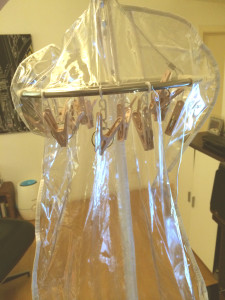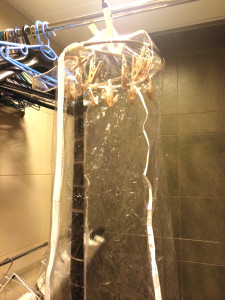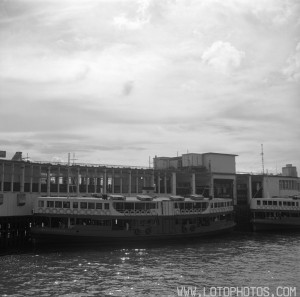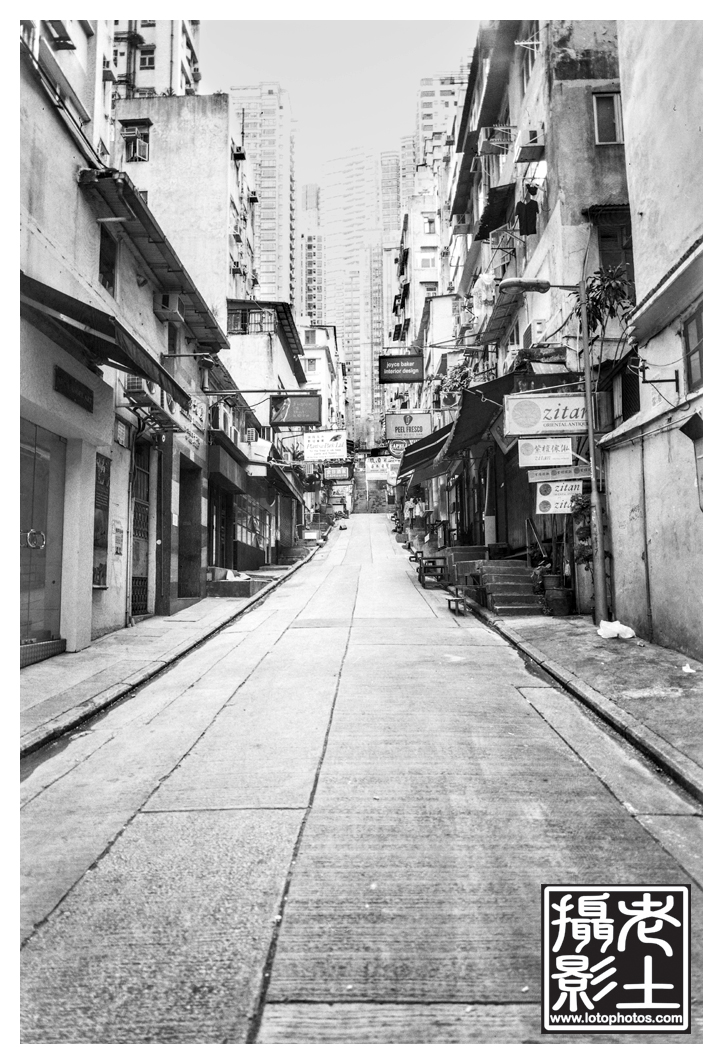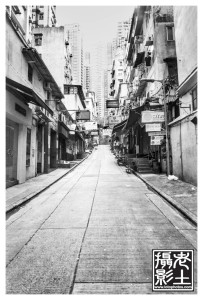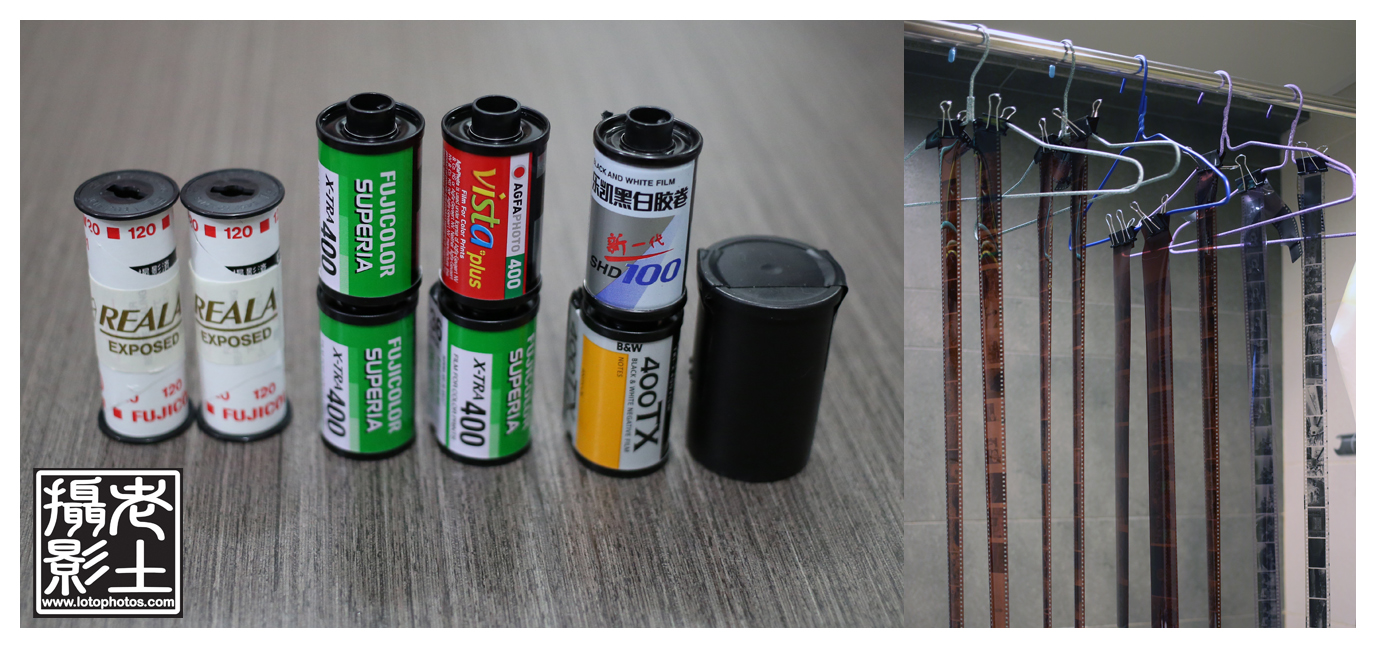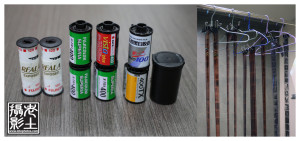World Pinhole Photography Day (WPPD) was held on April 25, 2016, more information here (http://pinholeday.org/).
Pinhole day used to be the only day that I shoot with these cameras, but this year, I actually prepared for it. When I was in Shanghai earlier this year, with the help of Kirk Lau, I 3D printed a 6×18 (actually I find it more 6×19) camera called terraPin Kaiju. I had a ton of issues with that camera and I will discuss this in a later blog. After sorting all the issues out, it’s actually a really fun camera to use.
I started WPPD this year with a few plates of 8×10. I used my Kodak 2D 8×10 camera with 0.5mm hole size and arranged it for 150mm and f/300.
Kodak 2D 8×10, 150mm f/300
I shot the following with Kodak Ektascan B/RA x-ray film. Here are a couple of developed plates, the details are just amazing and the exposure is also dead on.
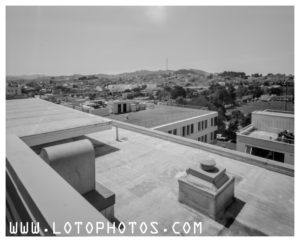
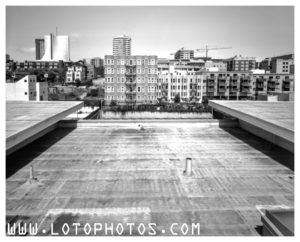
To walk around town, I took the 6×18 panoramic pinhole, equipped with a 0.4mm pinhole, 86mm, f/215 with a view angle of roughly 116.5 deg. The film that I used was my favorite, Fuji Acros.
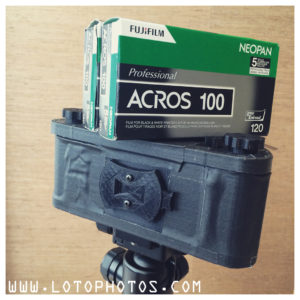
First I hit South Beach Harbor and it was a beautiful day.
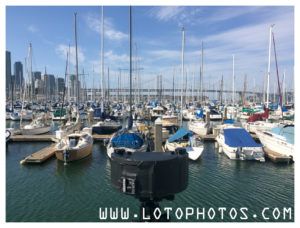
The shots from that roll had a light leak when I was changing film. This is to remind myself to use the film clip and also change the film in darker places!
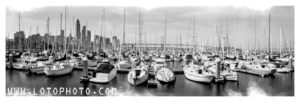
As I walked towards AT&T Park, the Giants were playing.
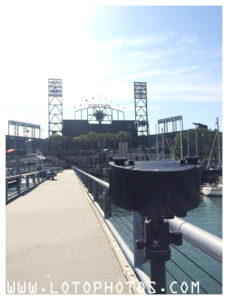
I was trying to get a silhouette photo which came out like this. I would like it to be sharper but it was crazy windy that day. It was tough to have the whole thing stable, even for a few seconds.
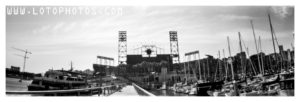
Next are a couple of shots of the Bay Bridge from both portrait and landscape orientation.
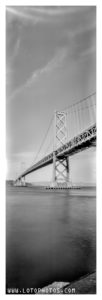
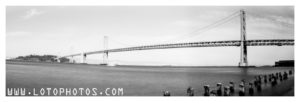
Behind the Ferry Building is the Golden Gate Ferry Terminal and a statue of Gandhi. In the high resolution copy, you can actually faintly read off Gandhi’s name under the statue. This is amazing detail, consider the lens is just air! No fancy optics at play here.
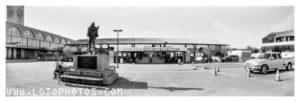
Next is Pier 7 and it was quite empty for a Sunday afternoon.
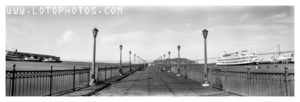
The San Francisco Belle was docked and check out the sharpness!
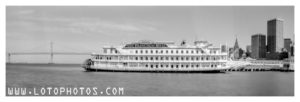
While walking on Broadway, there is an alley with a great view of the The Transamerica Pyramid. I always love the vertical panoramic but it is often quite hard to frame.
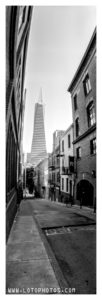
I have to say it was a lot of fun this year on WPPD. This is the most I have shot compared to previous years. The final stop was at Liquid Gold with four limited edition Ballast Point beers on tap!
